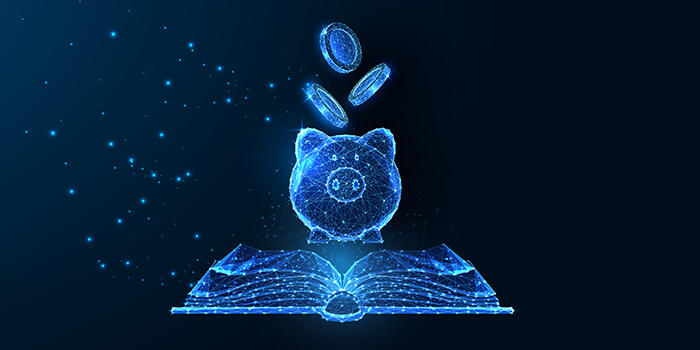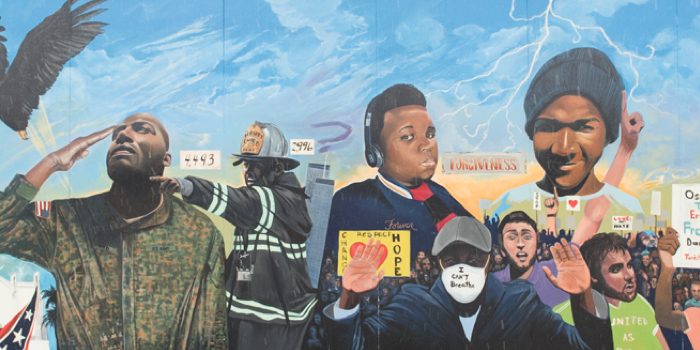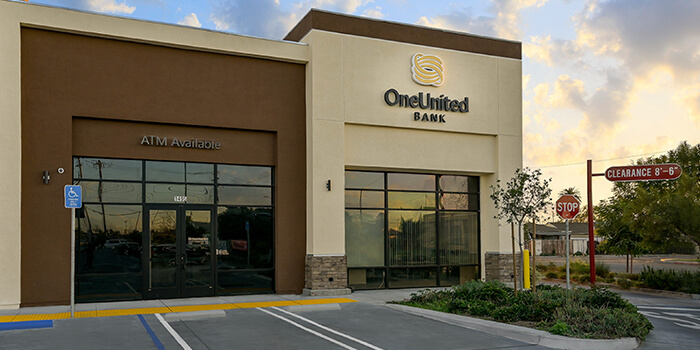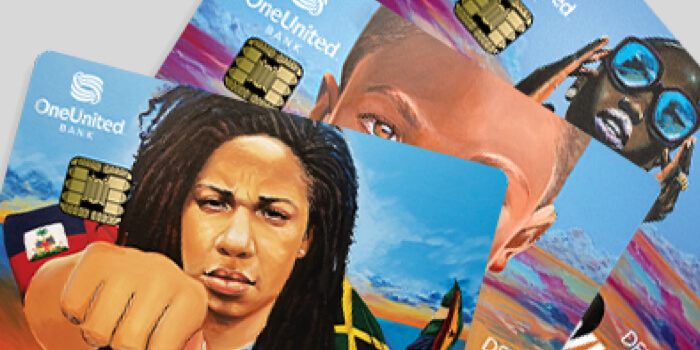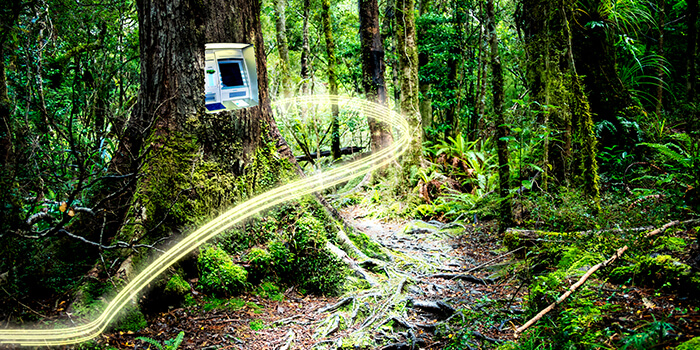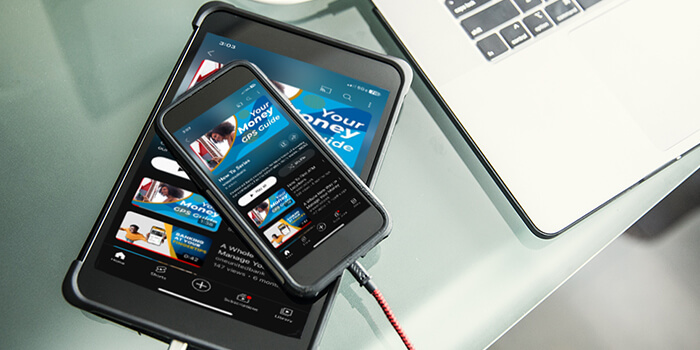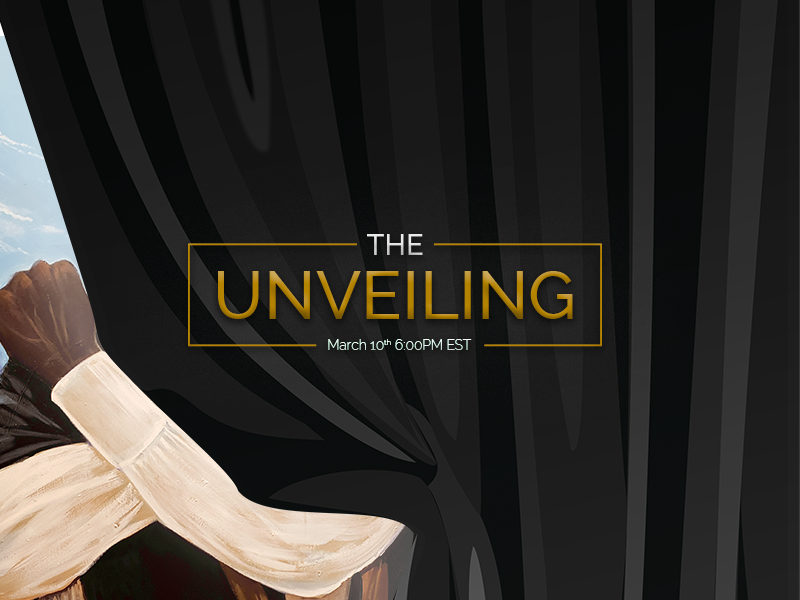Join us for our Facebook Live Premier of “The Unveiling: The Story Behind the Harriet Tubman Card” on March 10th at 6 PM EST in celebration of Harriet Tubman Day.
There was a social media frenzy over the Harriet Tubman Card with arms crossed, in what some tweets comically called “Wakanda” style. In our March 2nd Facebook Live event, the artist, Addonis Parker, explains his intentions when he painted his vision of Harriet Tubman in the painting “The Conqueror,” as the American Sign Language gesture for love, which is also where Director Ryan Coogler culled the “Wakanda” pose.

The painting, which will be unveiled at our March 10th Facebook Live event, was completed in 2016, well before the release of the Black Panther film. Since the launch of the card, visits to our website have increased 3-fold and new accounts have increased 10-fold. The Harriet Tubman Debit Card is the #1 choice of new customers.
We embrace both the criticism and the praise and respect all points of view. If the controversy ignites a larger conversation about Black economic empowerment and Harriet Tubman’s economic empowerment legacy, then the jibes were totally worth it.
Yes, Tubman was an abolitionist, but her work, like all movements, required money. She also understood the necessity of economic empowerment for security.
In 1858, Harriet Tubman bought her home in Auburn, New York, for $1,200 to provide a safe place for her family. The Harriet Tubman Home still exists today. She also bought 25 acres around her property in 1896 at auction for $1,450. She understood the necessity of economic empowerment for security, while fighting against the dehumanizing version of capitalism practiced in America. The economic empowerment legacy of Harriet Tubman has yet to be told. She deserves to be on the $20 bill.
To learn more, tune in to our event at www.facebook.com/oneunitedbank on Tuesday, March 10, 2020 at 6 PM EST.




